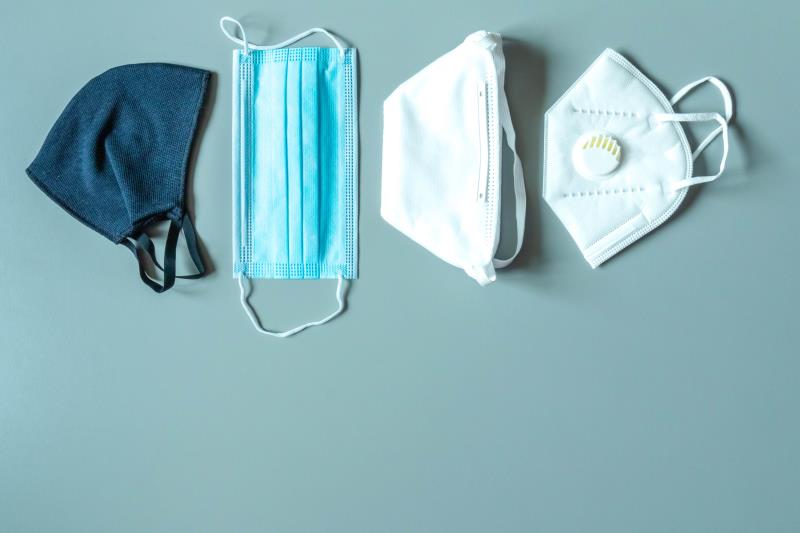Types of face masks influence performance after sterilization





The type of face mask matters, in addition to sterilization method, in influencing subsequent filtration efficiency after sterilization process for reuse, a new study finds.
“Sterilization with H2O2 had fewer negative effects than ClO2 … on the overall filtration efficiency of the tested masks,” the researchers revealed. “The ClO2 treatment showed marked reduction in the overall filtration efficiency of the KN95s and surgical face masks.”
Three types of masks (N95, KN95, and surgical face mask; n=5 for each type of mask) were evaluated on filtration efficiency after sterilization with plasma vapour hydrogen peroxide (H2O2) or chlorine dioxide (ClO2). [JAMA Netw Open 2020;doi:10.1001/jamanetworkopen.2020.12099]
In general, filtration efficiency of both N95 and KN95 masks was retained above 95 percent after H2O2 sterilization, but not for surgical face masks.
Before sterilization, mean filtration efficiencies were 97.3 percent for N95, 96.7 percent for KN95, and 95.1 percent for surgical face mask. After H2O2 sterilization, the filtration efficiencies were 96.6 percent, 97.1 percent, and 91.6 percent for N95, KN95, and surgical face masks, respectively.
For ClO2 sterilization, there was a greater reduction in filtration efficiency than the H2O2 method, resulting in filtration efficiencies of 95.1 percent for N95, 76.2 percent for KN95, and 77.9 percent for surgical face mask after sterilization.
Changes in pressure drop were within the acceptable range for all three types of masks, regardless of sterilization methods.
“In addition to considering the overall filtration efficiency, the filtration efficiency for particles similar to infectious agents should be considered,” the researchers pointed out. “To better protect health care personnel in hospitals, we recommend measuring the respirator’s filtration efficiency by aerosol size instead of only measuring the overall filtration efficiency.”
Analysis of filtration efficiency by particle size showed high efficiency for all three types of masks before sterilization: above 95 percent across a range of aerosol particle sizes tested, up to 1,000 nm.
However, the drop in filtration efficiency was pronounced for particle size of approximately 300 nm after ClO2 sterilization, although the overall filtration efficiency was retained at around 95 percent.
After ClO2 sterilization, the mean filtration efficiency for particle size of approximately 300 nm dropped to 86.2 percent for N95. The decrease in efficiency was even greater for KN95 at 40.8 percent and surgical face mask at 47.1 percent.
“Therefore, caution should be exercised when using this mask under this condition,” the researchers highlighted.
The researchers also acknowledged that only a small number of masks for each mask type were included for testing, which is a limitation of the study.
“In addition, this study only compared the filtration efficiency after one sterilization cycle; however, filter material may degrade further after multiple cycles, which should also be investigated,” they suggested.